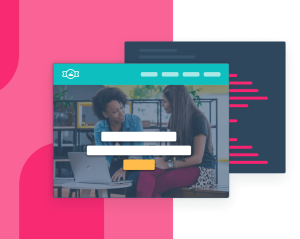When a translator is first approached to translate a whole website, it’s essential to have a clear understanding of the services that will be required in order to gain the desired result. This information will assist in preparing an accurate quote to cover the entire job, and will be crucial to the final outcome to be realized from the entire project.
For instance, there are clients who have a team of web developers who will upload the translated material to the site once the job is completed. Other however will require their service provider to also upload the translated scripts onto the website in addition to translation.
- Define your requirements
As a result, a comprehensive definition of work and expectations should be laid on the table before work commences. For example, will translation only be limited to text content for all pages on the site, of does it also cover backend elements and site startup? If you consider the site only as its static content, the translation project is quite simple: the translator will simply capture the HTML content and then work on it as they would any other project i.e. using a .pdf file and a relevant translation tool.
However, once the project is done, the client will have additional work: to upload the content onto the site. In addition, when you need to add or edit content to the site you will have to go through the process over and over, which translates to extra hassle for you. But there’s a better approach:
Extending site capability
While more complex, extending the site’s Content Management System capabilities provides better results considering the future needs of the site. Once the extension is done, the enhanced platform is used to carry out translation. To do this, your translation service provider should have access to your CMS and source material.
With this method, you don’t have to worry about web development and functionality of translated web pages, and the translator will have ultimate control over the implementation of quality control on the live website. The translator also implements settings to see that content addition and editing is much simpler.
Website localization: a commonly forgotten aspect in translation
It’s one thing to transform content from one language to another. However, for websites that cater for many different regions, you must consider the cultural context of different regions and how this will affect user interaction with your content.
For instance, in the West people read from left to right in an ‘F’ pattern (concentrating more towards the left). In the Middle East however, content is read from right to left, which means the same layout pattern will not be effective in both regions. In the US, business is conducted less formally compared with a country like Poland, where formality is upheld or Japan where business protocol is extremely important. As such, the translated script must convey the right tone.
Prior to settling on a multilingual site, you will need to research your target regions thoroughly in order to ensure that the translated content is not merely a mirror of the original content. This process is what is referred to as website localization.
Bio:
The author is an experienced and qualified translation service provider, having worked in various parts of the industry for more than a decade. He has written many articles on related topics including localization, interpretation, translation and DTP among many more.


